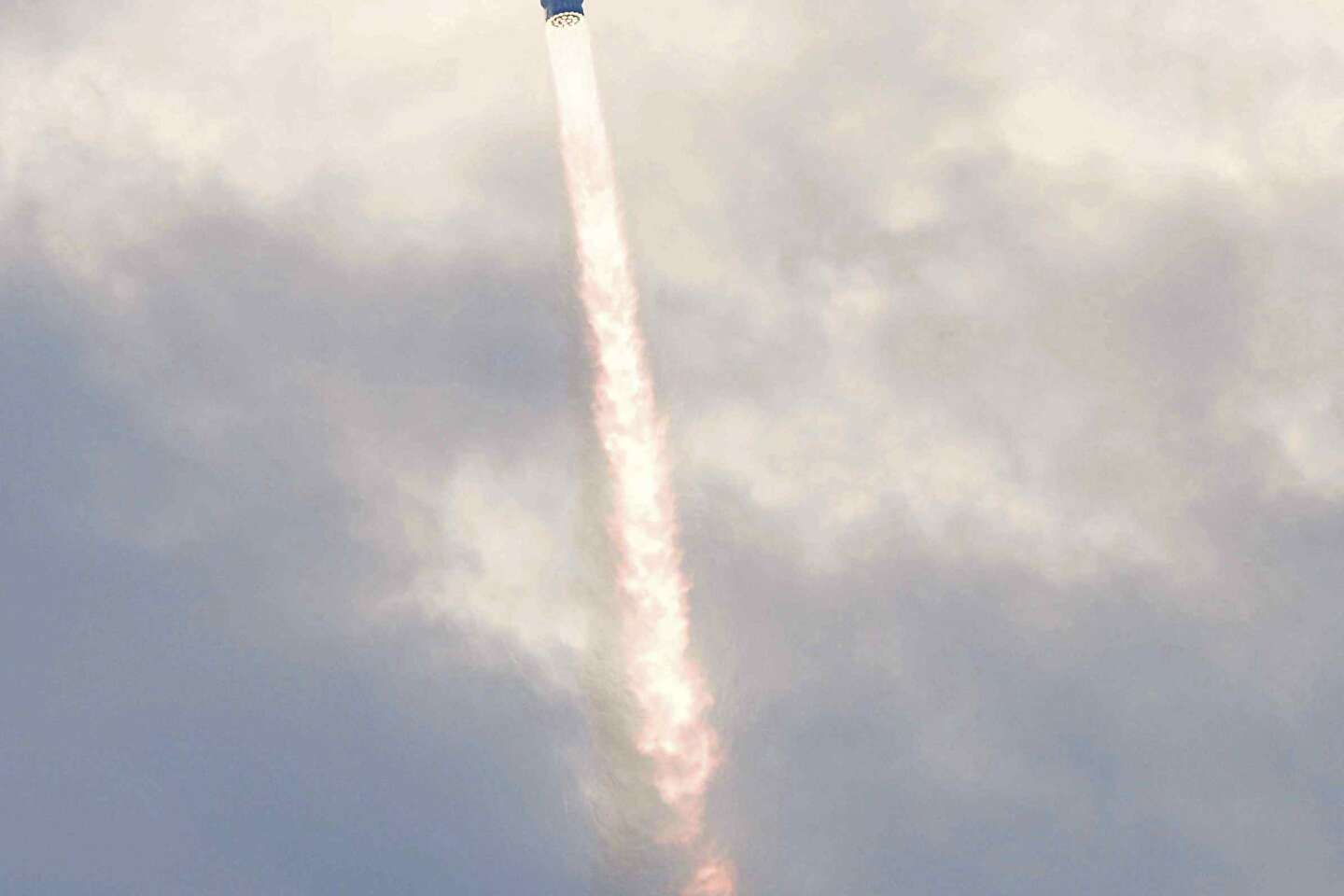
The Starship, the mega rocket from the American company SpaceX, improves its performance with every flight. The first test, in April 2023, was relatively disastrous: the launch pad was severely damaged by fire during takeoff and the gigantic 120-meter-high launcher exploded after just under four minutes of flight.
The second test, in November 2023, also resulted in the destruction of the two stages of the rocket, but after their successful separation. The upper stage was then almost 150 kilometers above sea level. Even though it also ended badly, the third test flight, which took place on Thursday, March 14, came even closer to Elon Musk’s company’s goals for what is the most powerful rocket of all time.
After some concerns about the wind speed at the take-off site in Boca Chica (Texas), the Starship left the ground at 2:25 p.m. (Paris time) without the slightest hiccup, with thirty-three engines running, unlike the first flight where some had engines running from the had a malfunction at the beginning or shortly afterwards.
Speed of almost 27,000 km/h
The separation of the two parts of the launch vehicle has also been carried out perfectly. The immense 70 meter long Super Heavy “booster” that forms the first stage then had to descend towards the Atlantic Ocean and fall there at reduced speed. This did not happen, as only one or two of the Raptor engines came back on to slow it down during the final stages of the descent.
Meanwhile, propelled by its six engines, the 50-meter upper stage – which we simply call Starship – continued unhindered into space, flying over the South Atlantic Ocean, southern Africa and finally the Indian Ocean. It reached the maximum altitude of 235 kilometers.
During this cruise phase, SpaceX performed two tests: first opening the bay through which the rocket’s future payloads will depart, and then transferring cryogenic fuel between the tanks. This test was important for the further development of the spacecraft: in fact, a variant of the Starship should land American astronauts from NASA’s Artemis program on the moon and take off again in 2026.
To carry out this mission, the rocket will have to refuel cryogenic fuel (liquid oxygen and methane) in space, a delicate feat that has never been achieved before. A third test, which would involve reigniting a Raptor engine in the vacuum of space, was scheduled to take place but was not attempted.
